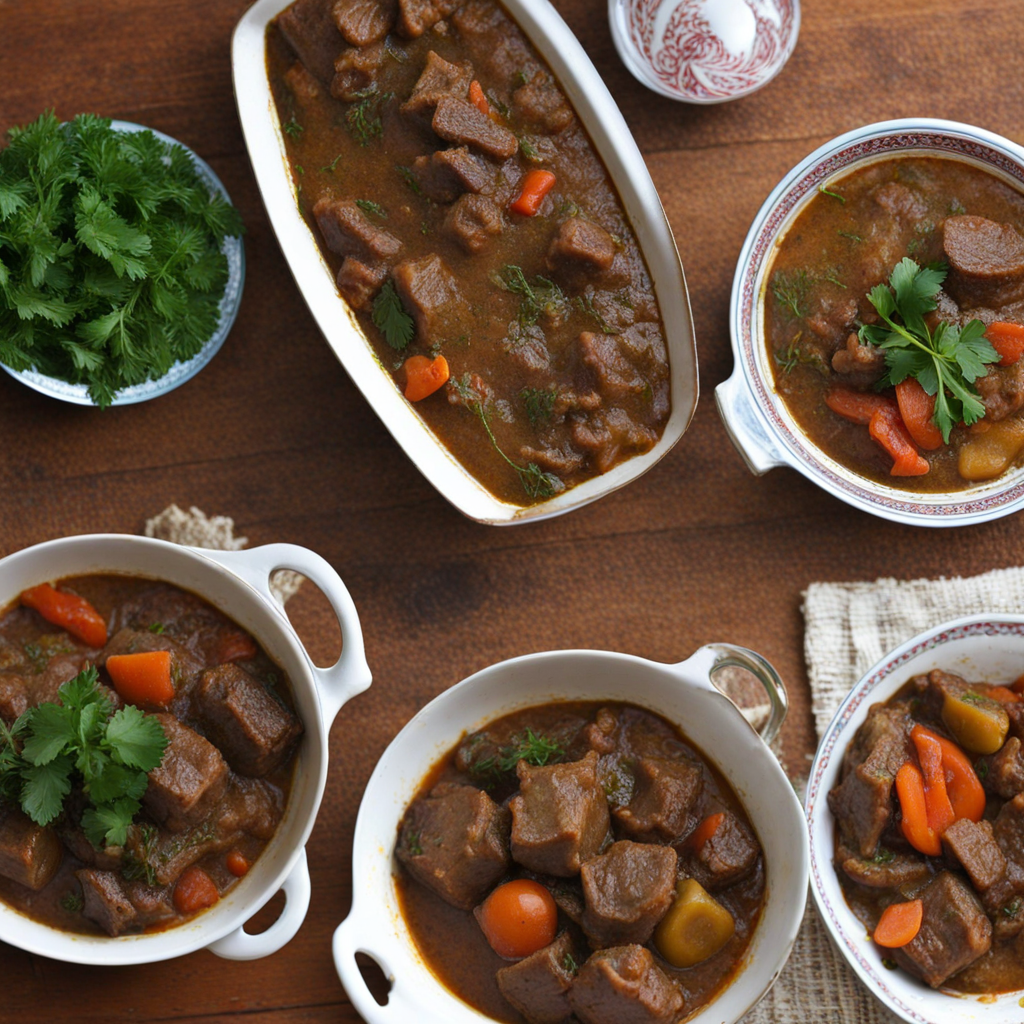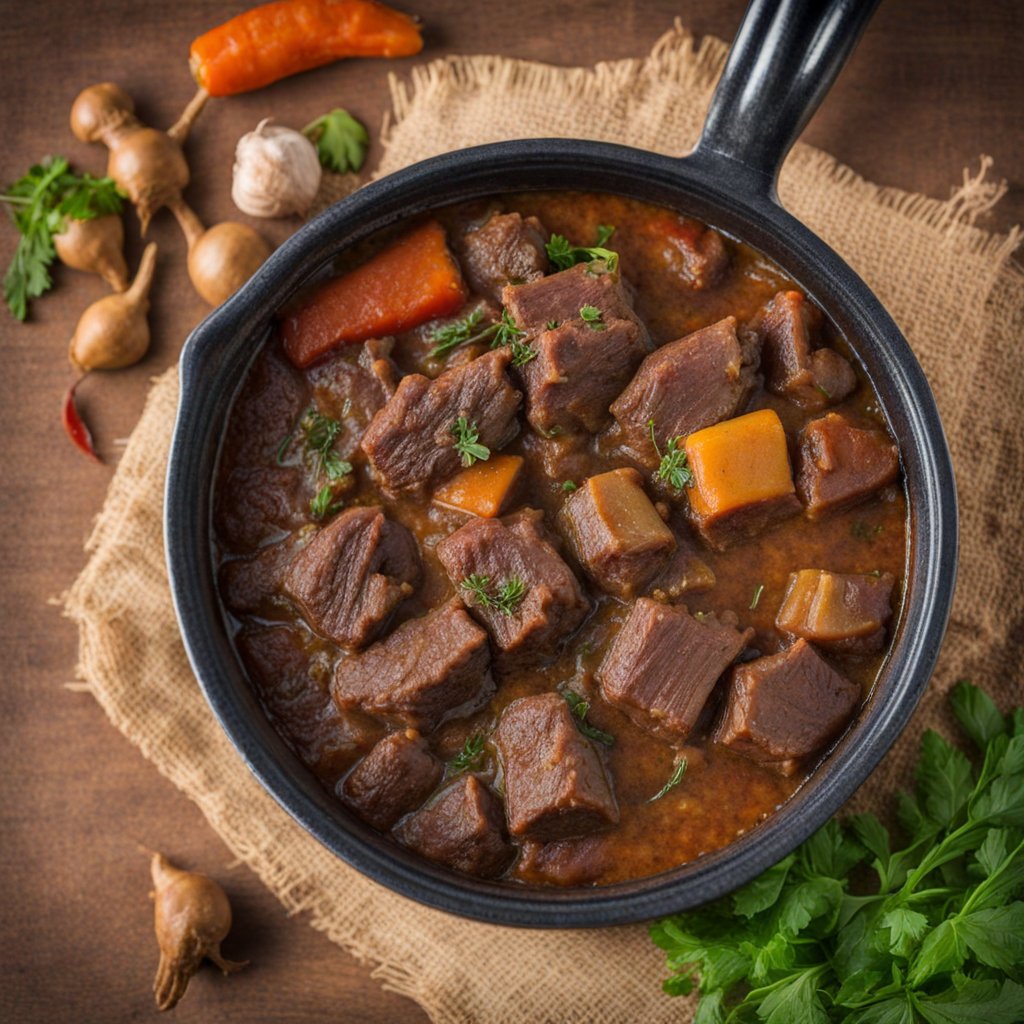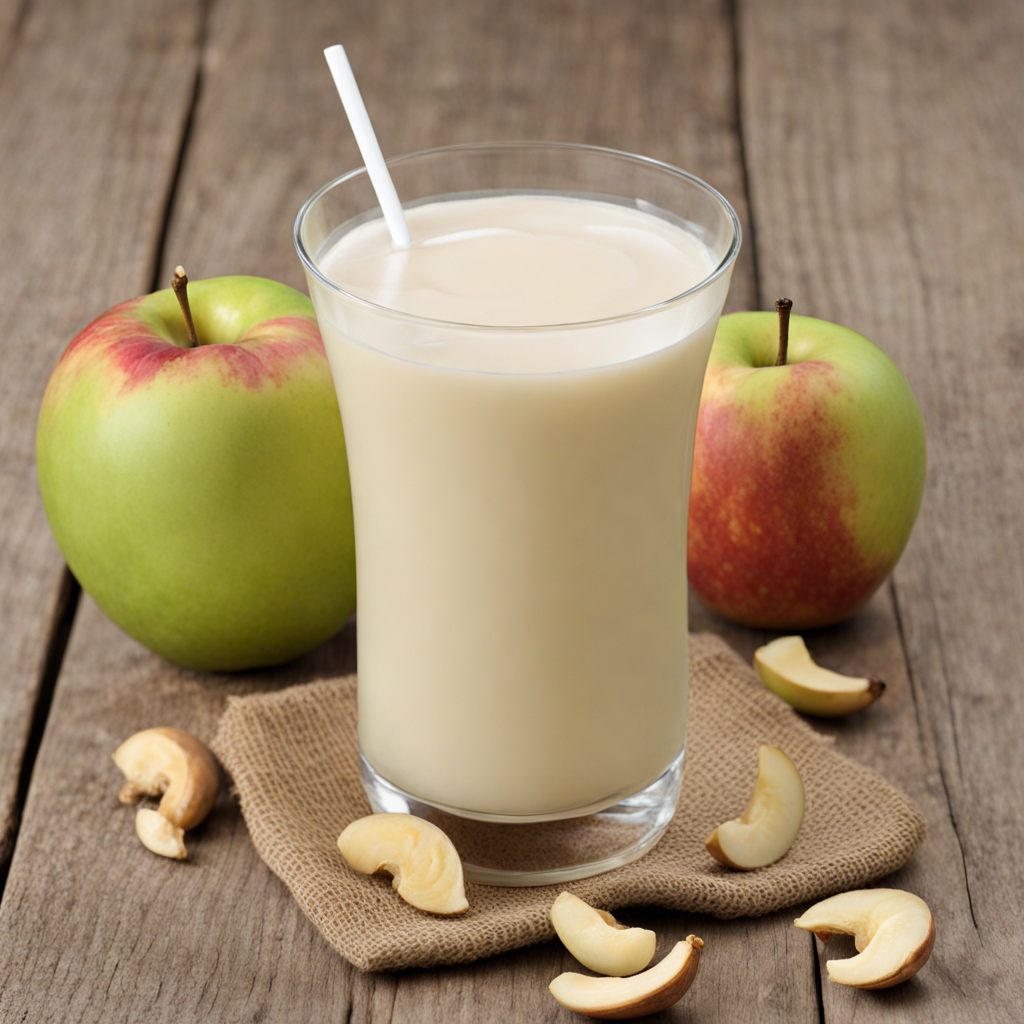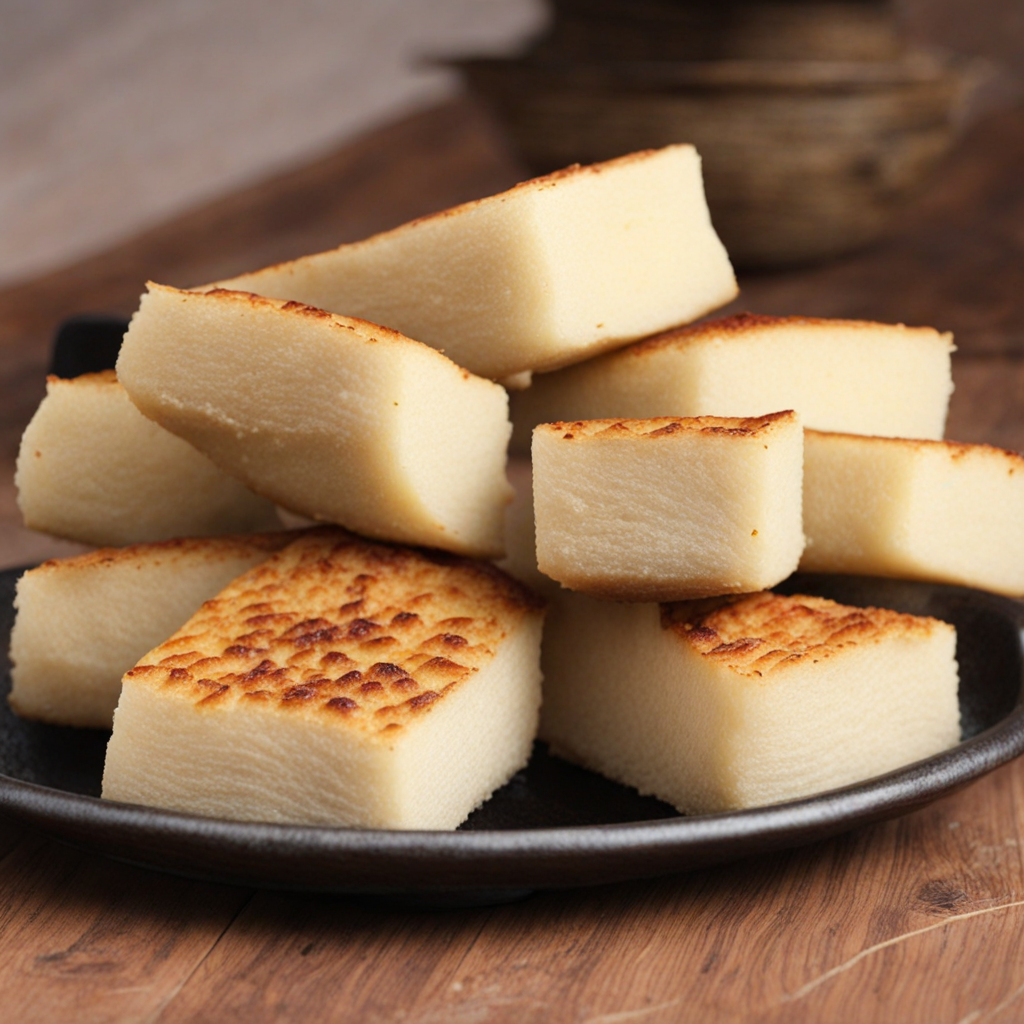Goat Meat Stew
Goat Meat Stew, a cherished dish from the Central African Republic, is a delightful symphony of flavors that showcases the richness of the region's culinary heritage. The tender goat meat is often marinated in an array of spices and herbs, which may include garlic, ginger, and a medley of local seasonings. This marination process infuses the meat with deep, aromatic flavors, setting the stage for a hearty stew that is both comforting and satisfying. Cooking the goat slowly allows the flavors to meld beautifully, resulting in a dish that is both rich in taste and full of depth. The stew is typically accompanied by a variety of vegetables, such as carrots, onions, and bell peppers, which not only add vibrancy but also enhance the nutritional profile of the dish. The vegetables are cooked until they are tender, soaking up the savory broth that forms as the stew simmers. Commonly served with rice or a side of plantains, Goat Meat Stew becomes a complete meal that showcases the balance of hearty protein and fresh vegetables, making it ideal for family gatherings or special occasions. As you savor a bowl of Goat Meat Stew, you'll experience a burst of flavors that speaks to the heart of Central African cuisine. The combination of spices, tender meat, and fresh vegetables creates a warm, inviting dish that is both exotic and familiar. Each spoonful offers a taste of tradition and culture, inviting you to explore the unique culinary landscape of the Central African Republic and discover the stories that are woven into every bite.
How It Became This Dish
Viande de Chèvre: A Culinary Journey Through the Central African Republic Introduction: The Essence of Viande de Chèvre Viande de chèvre, or goat meat, holds a significant place in the culinary landscape of the Central African Republic (CAR). Known for its rich flavor and versatility, goat meat has transcended mere sustenance to become a symbol of cultural identity and communal ties among the diverse ethnic groups that inhabit this landlocked nation. This exploration of viande de chèvre delves into its origins, cultural significance, and the evolution of its preparation and consumption over time. Historical Roots: The Beginnings of Goat Domestication The domestication of goats traces back thousands of years, with evidence suggesting that this process began around 10,000 years ago in regions of the Middle East. As agriculture spread, goats made their way to various parts of Africa, including the Central African Republic. They became integral to the livelihoods of many communities, particularly among pastoralist and agro-pastoralist societies. In CAR, goats are not merely farm animals; they are seen as a crucial resource that provides meat, milk, and hides. The importance of goats is underscored by their adaptability to the local environment, enabling them to thrive in the diverse climatic conditions of the region. This versatility has made goat herding a sustainable practice, allowing communities to maintain their traditions while supporting their nutritional needs. Cultural Significance: A Symbol of Community and Tradition In the Central African Republic, viande de chèvre is more than just a source of protein; it is woven into the fabric of social life and cultural practices. Goats are often used in ceremonial contexts, playing a vital role in rituals, celebrations, and communal gatherings. For many ethnic groups, the act of sharing goat meat symbolizes unity, hospitality, and generosity. Traditional ceremonies, such as weddings and naming ceremonies, frequently feature goat meat as a central dish. The animal is often slaughtered as a sacrifice, invoking blessings for the family and community. The preparation of viande de chèvre for these events is typically a communal effort, bringing together families and friends in a shared experience of cooking and celebration. Moreover, goat meat is often included in traditional dishes that reflect the region's culinary diversity. Whether stewed, grilled, or roasted, the preparation of viande de chèvre varies from one community to another, showcasing the unique flavors and spices that define Central African cuisine. These dishes are not only a testament to culinary creativity but also a means of preserving cultural heritage. Culinary Techniques: The Art of Preparing Viande de Chèvre The preparation of viande de chèvre reflects both practicality and artistry. Traditional cooking methods vary across regions and ethnic groups, but some common techniques have emerged. One popular method is slow cooking, which allows the meat to become tender and infused with flavors from spices and herbs. Common ingredients include local spices, chili peppers, onions, and tomatoes, which enhance the rich taste of goat meat. In rural areas, cooking over an open fire remains a cherished practice, imparting a smoky flavor to the meat. Dishes like "moto," a hearty goat stew, have become staples in many households. This dish is often accompanied by staple carbohydrates such as cassava, plantains, or rice, creating a balanced meal that satisfies both hunger and cultural expectations. As urbanization has increased over the years, so too has the influence of modern cooking techniques. Urban dwellers may opt for faster cooking methods, such as grilling or stir-frying, which cater to the fast-paced lifestyle of city life while still honoring traditional flavors. Nevertheless, the essence of viande de chèvre remains intact, serving as a link between generations. Economic Impact: The Goat's Role in Livelihoods Beyond its cultural and culinary significance, viande de chèvre plays a crucial role in the economy of the Central African Republic. Goat farming provides a reliable source of income for many rural households, contributing to local and national economies. The sale of goats and goat meat not only supports families but also stimulates local markets, fostering economic resilience in communities. Goats are often seen as a form of wealth, and owning them can enhance one's social standing within the community. This economic aspect further underscores the importance of goats in the cultural context of CAR, where they embody both material value and social significance. Modern Developments: Challenges and Innovations In contemporary times, the production and consumption of viande de chèvre face several challenges. Political instability, economic hardship, and climate change have impacted livestock farming in the Central African Republic. Droughts and harsh weather conditions can lead to decreased goat populations, affecting both food security and income for many families. However, community initiatives and agricultural organizations are working to address these challenges. Programs focused on sustainable livestock management and improving breeding practices aim to enhance goat production and promote resilience among farmers. Additionally, the increasing awareness of the nutritional benefits of goat meat has led to a resurgence in its popularity, both locally and internationally. In urban areas, the demand for goat meat has also grown, leading to innovative culinary trends. Chefs and food enthusiasts are experimenting with traditional recipes, infusing global flavors and techniques into the preparation of viande de chèvre. This fusion reflects a broader trend in global cuisine, where traditional dishes evolve to meet contemporary tastes while retaining their cultural roots. Conclusion: Viande de Chèvre as a Cultural Heritage Viande de chèvre is more than just a dish; it is a reflection of the history, culture, and resilience of the Central African Republic. From its humble beginnings as a domesticated animal to its current status as a cherished culinary ingredient, goat meat embodies the spirit of community, tradition, and innovation. As the Central African Republic continues to navigate the complexities of the modern world, the significance of viande de chèvre remains unwavering. It is a reminder of the connections between people, their land, and their heritage. In every bite, there is a story of survival, celebration, and a deep-rooted appreciation for the traditions that have shaped the culinary landscape of this vibrant nation. As such, viande de chèvre stands not only as a testament to the past but also as a bridge to the future, ensuring that the rich cultural tapestry of the Central African Republic continues to thrive.
You may like
Discover local flavors from Central African Republic







